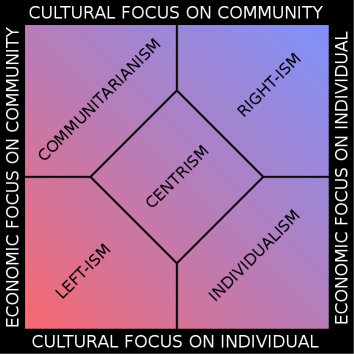conservative
Politics as Biology: Explaining the Razor Edge of Partisan Politics
Following Obama’s re-election, M.S. at The Economist ponders the startlingly improbable situation in the United States where such a strongly partisan country can keep rolling out elections that are knife edge finishes:
This is what strikes one most strongly looking back at America from across an ocean: the country seems repeatedly embroiled in savage 51-49 electoral campaigns, and it seems to be increasingly paralysed by irresolvable rancour between right and left.
And think about it for a second: this is bizarre. If Americans are in fact divided between two extremely different political ideologies, it would be an extraordinary coincidence if each of those philosophies were to hold the allegiance of nearly equal blocs of support. That situation ought not to be stable. Adherence to these two ideologies ought to shift enough just due to demographics that the 50-50 split should deteriorate. And yet the even split seems to be stable. What’s going on?
Good question. Here’s a speculative answer, using the tools of population biology as a lens to understand politics:
